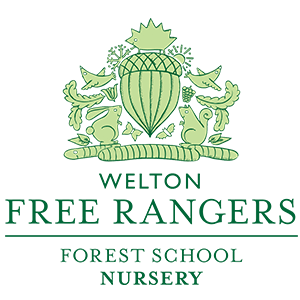With logs rolled and grass explored, the children have left no stone unturned in their pursuit of the creeping, crawling beasties that live in our Forest School Paddock over these past two weeks. Bug hunts are a popular choice for the children as the variety of interesting insects, amphibians, and mammalian species we have at the moment is both varied and immensely fascinating, for adults and children alike. There's always something new to see, but the old staples are usually close by for the children to explore as well. Revealing the secret lives of insects can be thoroughly rewarding. They innately jostle for the best viewing position to get a closer look at the peculiar Harvestman. An inexhaustive list of the discoveries made by our little naturalists includes: woodlice, centipedes, grasshoppers and crickets, slugs, snails and worms of various shapes and sizes, slow worms, bees, wasps, hover fly, crane fly, butterflies, moths, a common toad, frogs, caterpillars, beetles and beetle grubs, hundreds of different spiders and short tailed voles! And that's not even including what we found at the pond such as several dragonfly species like hawkers and darters, water boatmen, pond skaters and water snails. (and rather curiously, tadpoles still!)

We are very fortunate at Free Rangers to have a large outside environment that enables the children to learn not just the names of the flora and fauna they're looking for, but also why they are important to them and their world, as well as what they can do to look after them. It has been a bumper year for lots of life at Free Rangers; we had a heavily ladened apple tree to plunder for snack time thanks to the wonderful sunshine and downpours over the summer, the butterflies and moths have been having a whale of time thanks again to the heat and other insects too are plentiful, especially so in our minimally managed forest school paddock. Since opening we have taken steps to revert the intensively farmed land to a wild nature haven. This has been done by planting wildflower seeds, building bird boxes and insect hotels, and keeping 'maintenance' to a minimum such as cutting thin paths through the grass for the children to access particular parts and only taking plants like stinging nettles/thistles/lords and ladies away from the highly used areas. We don't completely remove hazards such as these as many bugs rely on such plants, and also if the children don't know what these dangerous plants look like, how can they learn from them?
The most paramount part of sessions like this is to harbour a respect for the life they are finding. By looking after their environment and the creatures that live in it they are taking a small but positive step to better their immediate world. Setting these ideals in children at an early age and carrying them on throughout their lives is immensely important, if we are to preserve the balance of delicate natural world around us. More practically, children don't always know their strength and can unknowingly squish something they're holding or whilst trying to pick up! I tend to pick up bugs for the children to hold but it is still good they know what to do once they are handling them: "softly softly, catchy buggy" as the saying goes. It's also good for children to overcome their fears. These fears have often been unintentionally passed on by parents so I'm always keen for them to see just how interesting they can be and not scary at all!
In fact, I think a few of you parents should come out next time too...
Thanks for reading guys, and see you next time.
Red Fox
[gallery type="default" ids="4684,4683,4682,4680,4679,4678,4676,4673,4672,4671,4670,4669,4667,4666,4665"]
